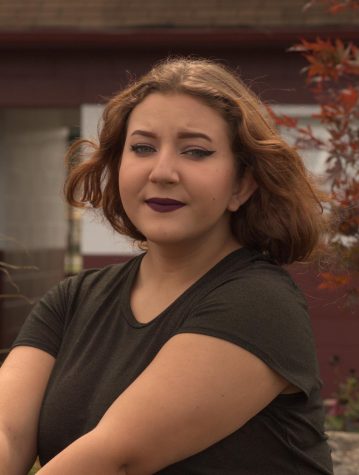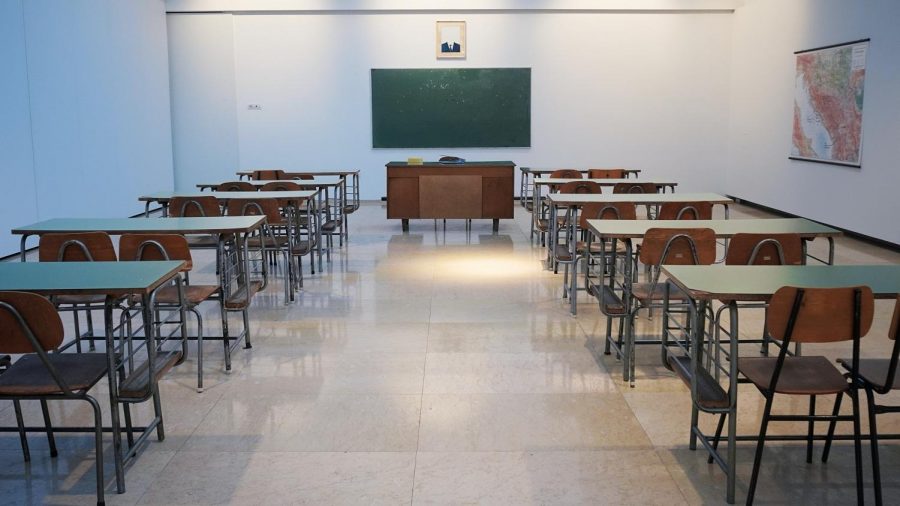Students should not return to school in person
 As November approaches, the option for students to return to school in person is becoming less and less viable.
As November approaches, the option for students to return to school in person is becoming less and less viable.
With the number of COVID-19 cases continuing to climb in the state and county, the school should not reopen for in-person classes. For the period of Oct. 10-23, Blair County reported 272 new cases. On Oct. 23, Pennsylvania alone reported 2,258 new cases. These numbers are sure to grow if students are to return to school.
Right now, all high school and junior high school students are attending synchronous and asynchronous classes while elementary school students are split between the elementary schools and the junior high school. Now, this system isn’t great, but it is working. There hasn’t been a large outbreak of cases in the school community, and students are lucky to be able to participate in extracurricular activities.
Though some aspects of virtual learning can be difficult, it is the safest way to keep students and staff safe from COVID-19.
For many students, the reason why they want to return to school is selfish; they want to see their friends. Students don’t consider the dangers of going back to school and only consider the positives.
Many of the faculty and staff in the school are over the age of 55, are immunocompromised or have underlying health conditions. Although anyone can catch the virus, those who are most at risk of serious illness are those who are over the age of 55, are immunocompromised or have underlying health conditions. Students are selfish for not considering the lives of the faculty and staff as they decide if they want to return to school.
If school is to return to in person classes, it should return with a hybrid system where only half of the students are in the building at a given time. Students could be divided by last name or grade level and attend schools on Monday and Thursday or Tuesday and Friday with Wednesday being used to clean and sanitize the school. This would allow for easier social distancing and contact tracing. If after a reasonable amount of time, there are not frequent cases, then the school could resume in person classes as normal with precautions put in place.
The health and safety of the students, staff and the community are paramount to any dance, game or class, and students should consider this when deciding if they want to return in November.
Students should return to school in person
 On March 13, the way of learning changed for many students as the COVID-19 virus started infecting the people of America.
On March 13, the way of learning changed for many students as the COVID-19 virus started infecting the people of America.
In an attempt to keep the students across the state protected, Governor Tom Wolf closed all schools. After some time, each school created their own version of virtual learning, and around the beginning of this school year, some schools have even reopened. However, the school environment is not the same as it was before due to social distancing guidelines and mask requirements.
To many students, school being taught publicly has and always will be easier to manage. Now, students may seem to have more time to do work, but they actually might not because of a plethora of things going on. Things may be going on in a home setting that teachers may not see or know about such as a part time job, a busy home life, mental health issues, etc.
Public school also benefits a teenagers need to be social and active. Sitting at a desk-like area, being on different classroom video calls, doing different digital worksheets and looking at a screen all day is not nearly as beneficial to a high school student as being out of the house and at school. At school, students are constantly up and walking around, and most students take physical education classes that get them up and moving a little extra.
Most students’ grades also show an improvement when attending in-person, public school regularly. Students are able to learn in what they are being taught and teachers are able to make sure their students are actually learning just by seeing the progress. During in-person class, if the majority of a class is confused, the teacher will be able to see that and go into more detail and try to help their students; however, they cannot do that as easily if they are on a classroom phone call when the majority of students have their cameras and microphones off.
